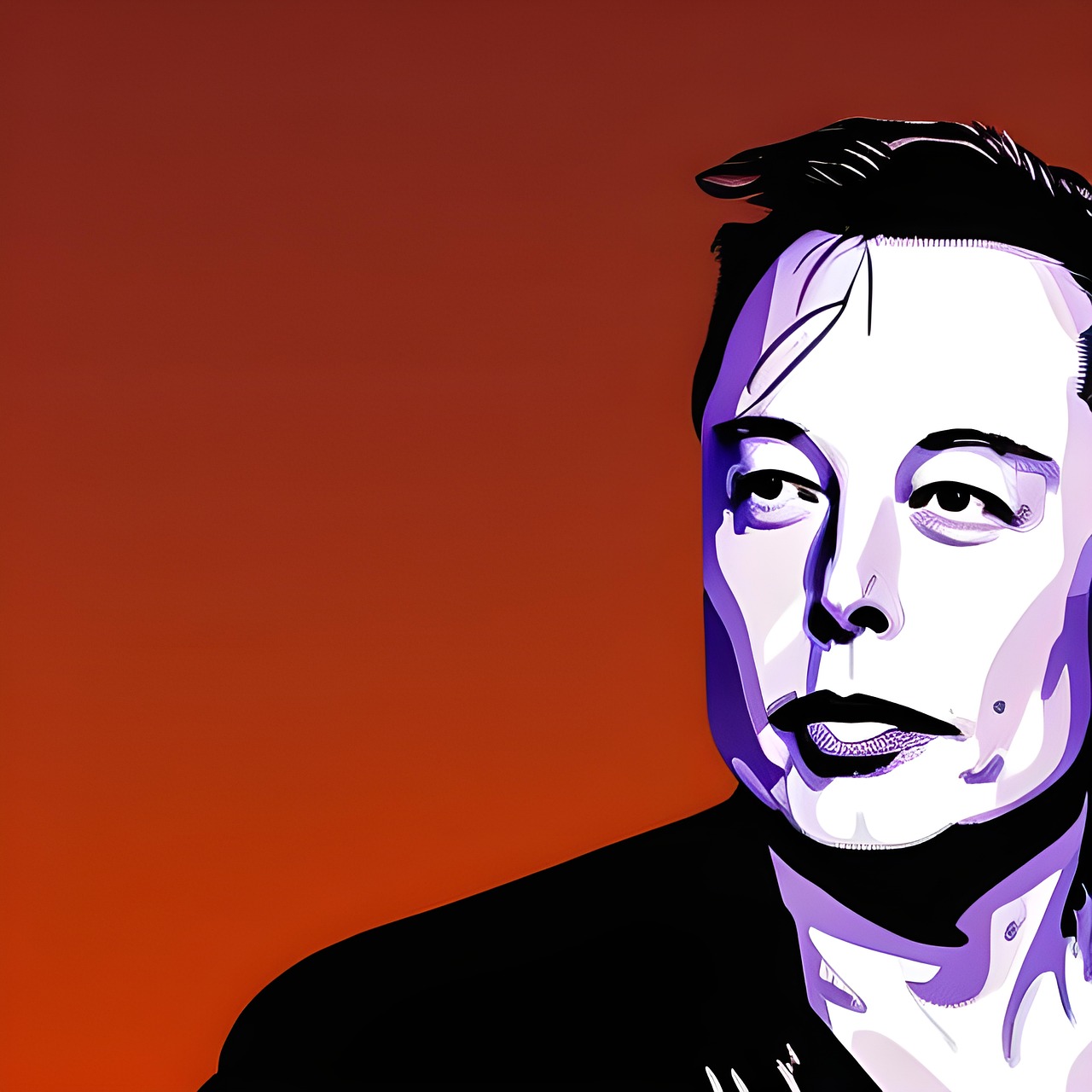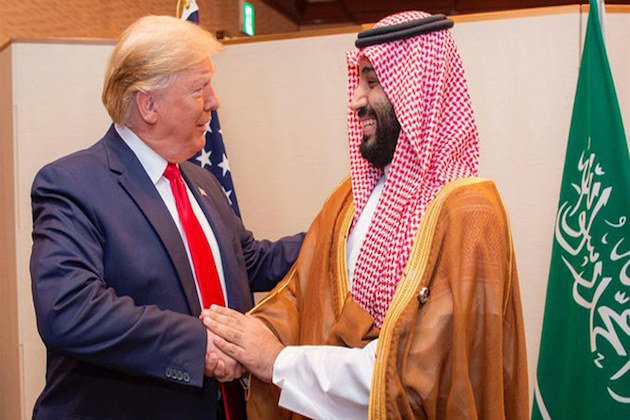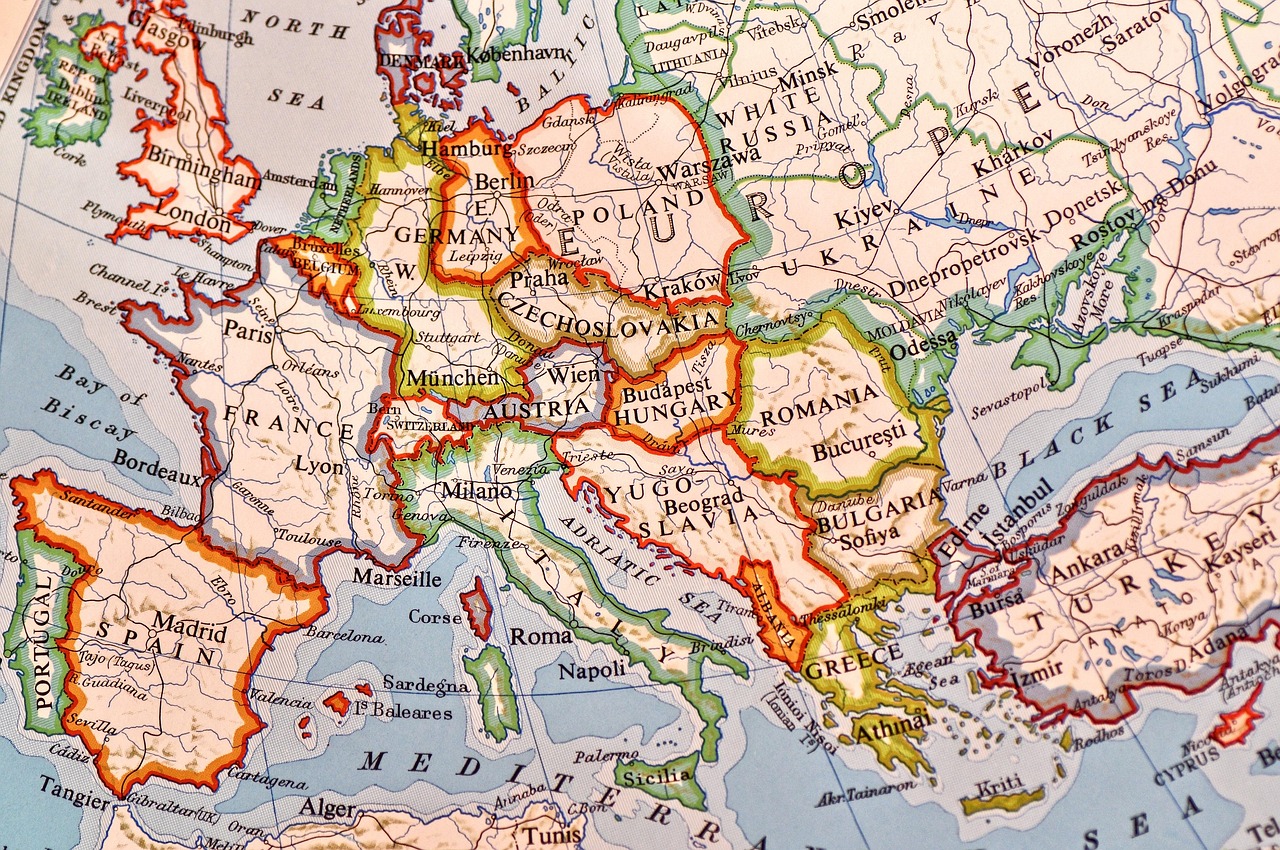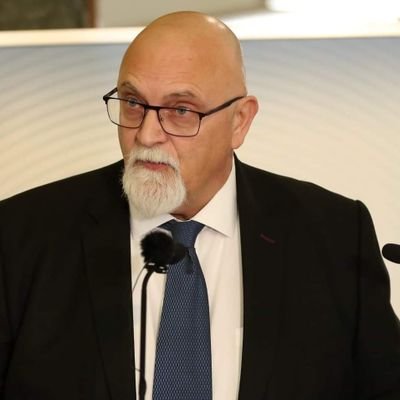You have to listen to children and sometimes know how to read between the lines of their words: when on February 11, Elon Musk held an impromptu conference next to Donald Trump in the Oval Office, the cameras mainly captured something else: the precise moment when little X, four years old, one of the billionaire’s many children, addressed the new President-elect, whispering that he’d better shut up, that he had to leave because he wasn’t the President. No one could have imagined at that moment that such remarks from the little boy had come out of nowhere. We’re like sponges at that age; we repeat what we hear. So this already spoke volumes about what must have been circulating among the Musks in early February, a few days after the inauguration of the 47th President of the United States. Only four months later, the emotional drama currently unfolding between Donald Trump and Elon Musk in this violent breakup between the two men was somewhat predictable. Did everyone benefit? While Musk lost a lot of feathers and money after the thunderous announcement of new tariffs to come on imports from abroad into the United States, Trump was rather the big winner of this artistic coupling that made headlines at the start of his term. Clearly, the pragmatic American President knew how to take advantage of what the richest man in the world was capable of bringing him, without getting his hands dirty: spectacular fundraising for his campaign, an impressive media firepower thanks to social networks, and a determination to do a major spring cleaning in the American administration, with the launch of DOGE (Department of Government Efficiency). Essentially, Musk trimmed the public finances and aroused the anger of the dismissed staff, without Trump having to do so or directly make accusations. The billionaire was scheduled to leave at the end of May. This happened, but no one imagined that war would break out between the two men so quickly. The infamous budget bill, notably eliminating government subsidies for new electric car buyers, aroused the ire of Elon Musk, who has lost nearly three-quarters of his orders in the United States since last year.
This almost filial bond between the two men was an alliance of principles more than an alliance of ideas. From the beginning, Trump had no interest in electric cars. And it wasn’t by “buying” a snazzy red Tesla that he became a new convert. Today, he’s even trying to get rid of them. It was clear that what had made Elon Musk’s fortune could not be reconciled with the re-elected President’s environmental indifference. But this relationship had other roots. Indeed, what began as an exchange of allusions on social media has morphed into a visible political alliance, revealing not an ideological convergence, but a shared interest in influence, visibility, and disruption of the established system. At first glance, Trump and Musk don’t have much in common. One is a nationalist former president seeking revenge; the other, a megalomaniac tech entrepreneur who claims to be a libertarian outsider and who voted Democratic in the previous election. But the two men share an obsession: controlling the public narrative and embodying a form of counter-power to what they call “the system.” Their alliance is based less on shared beliefs than on a mutual strategy of media expansion and narrative domination.
Three factors explained this rapprochement. First, a shared distrust of traditional institutions: the media, political elites, and regulators. Musk, by acquiring Twitter (now X), had positioned himself as the self-proclaimed guarantor of “freedom of expression,” thus joining Trump’s criticism of the supposed “deep state.” Together, they appealed to a growing segment of American public opinion in search of anti-establishment figures. Second, a shared economic interest. Musk knew that Trump, if returned to power, would support pro-business policies: deregulation, tax cuts, and the weakening of unions. Trump, for his part, saw Musk as a bridge to tech-savvy circles, digital libertarians, and cryptocurrency supporters—a now-strategic constituency about which he understood little.
Finally, this alliance embodied a broader shift in American politics: the fusion of populism and technological power. Where big business leaders once kept their distance from political parties, Musk now engaged openly. And Trump, master of the show, knew he had nothing to lose by tying himself to the boss of Tesla, a global icon of disruption. But now, Trump’s inner circle was grinding its teeth more and more with each of Trump’s statements. For several months, the President said nothing, but his close advisers were increasingly less tolerant of the billionaire, with one major concern: that the MAGA electorate, whose hero remains Donald Trump, would take offense at such erratic policies and put him in difficulty during the midterm elections. As of today, Trump has an entire apparatus, an entire system behind him, but Musk doesn’t. If he didn’t want to taint the start of his term with brutal decisions that could backfire and overwhelm him, Trump absolutely had to get rid of a man with an ego as outsized as he is, who could have put the first nail in the coffin of Trumpism. In any case, Musk is an entrepreneur and he already has to save his business, he who has already lost $150 billion since the beginning of January 2025. It remains to be seen what he will do, he who would be capable, as Trump fears, of now financing the Democrats ahead of the mid-term elections which will take place in 2026.














